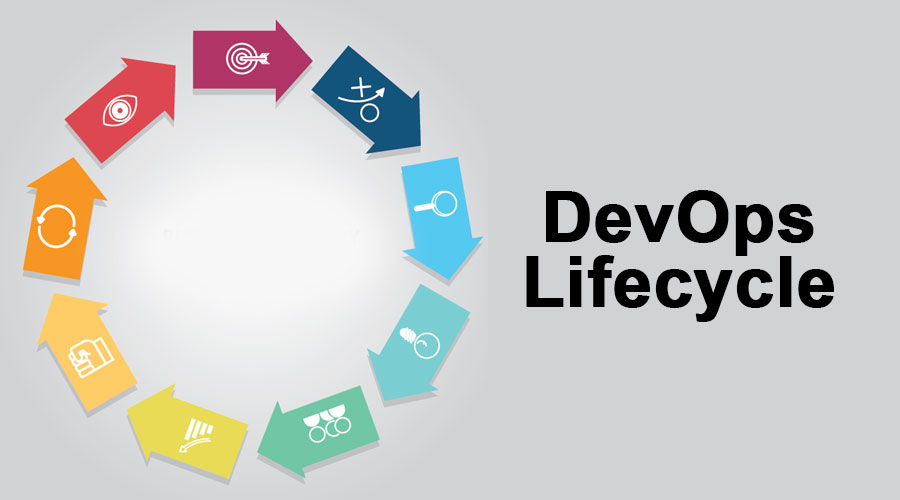
DevOps is a methodology or even philosophy of software development which combines the work of system administrators, software developers, and quality assurance (QA) engineers. The common goal of DevOps is to make a correlation between software development and IT operations to speed up the process of building and updating software and services. If you are used to working under other methods, you might have difficulties with the introduction of DevOps to your company. There are Managed Service Providers who can help you to do it, https://itsvit.com/services/devops/, for example. Also, you can introduce it yourself, and our article will help you in this case.
Basic DevOps policies
If you want to implement DevOps methodology in your company, you should get acquainted with it closer. DevOps lifecycle based on six common policies.
- Customer-Centric Action. This policy is based on ensuring short feedback loops between the customer and product end-users because the team’s work should be oriented on customer’s requests. The process of building new IT services and products should be centered around clients’ requests.
- Create with End-to-End in Mind. It means the DevOps companies should focus on the creation of products that will be provided to end customers. This principle offers to abandon the Waterfall and process-oriented models. In DevOps, each specialist needs to understand his own role in the software development life cycle, which is expressed in “you built it, you run it” motto.
- End-To-End Responsibility. While traditionally organized software development companies work consistently – build project and then give it to Operations to deploy it, DevOps teams are responsible for all the cycles of software development – from concept to removal from service.
- Cross-Functional Autonomous Teams. DevOps Teams should be totally independent during all the software development life cycle. Also, the teams should be cross-functional to be able to work with different tasks.
- Continuous Improvement. DevOps culture pays a lot of attention to the continuous optimization of all processes and improvement of services and product. These technologies mean you need to reduce losses, optimize development speed, simplify delivery and continuously improve the product. A good rule of thumb for this principle – to do more of what you make badly now.
- Automate Everything You Can. You need to think about automatization in general, not only in terms of software development which includes continuous delivery, integration, and deployment. Try to automatize all infrastructure operations to minimize the OPEX.
DevOps lifecycle phases

Let’s have a look at what DevOps looks like to better understand the methodology.
1. Planning
You need to understand what your project will look like and what features you need to build first.
2. Development
This phase includes all the development processes based on the plans you made on the previous stage.
3. Testing
This stage means you have to test the code which developers wrote previously.
4. Integration
On this stage, you integrate the project with the new functionality.
5. Deployment
This phase means you deploy your project into cloud infrastructure for further usage.
6. Monitoring
Monitoring means you will collect feedback from customers and users, after that you’ll move to the first stage and the cycle will repeat.
The main idea you need to understand is that these phases continuously intertwine. The phases can’t exist without each other, so the cycle works to continuously improve the product.
Conclusion: what is the DevOps lifecycle?
DevOps is a very powerful instrument that can help your company be competitive. Modern companies started to use DevOps to improve their work processes. They hire DevOps engineers in the company or hire Managed Service Provider to release this. The main policies of DevOps are centered on continuously improving, increasing release frequency and enabling collaboration between QA engineers, developers, and system administrators. DevOps lifecycle consists of planning, development, testing, integration, deployment, and monitoring. Understanding these points will make your transition to DevOps more convenient.






